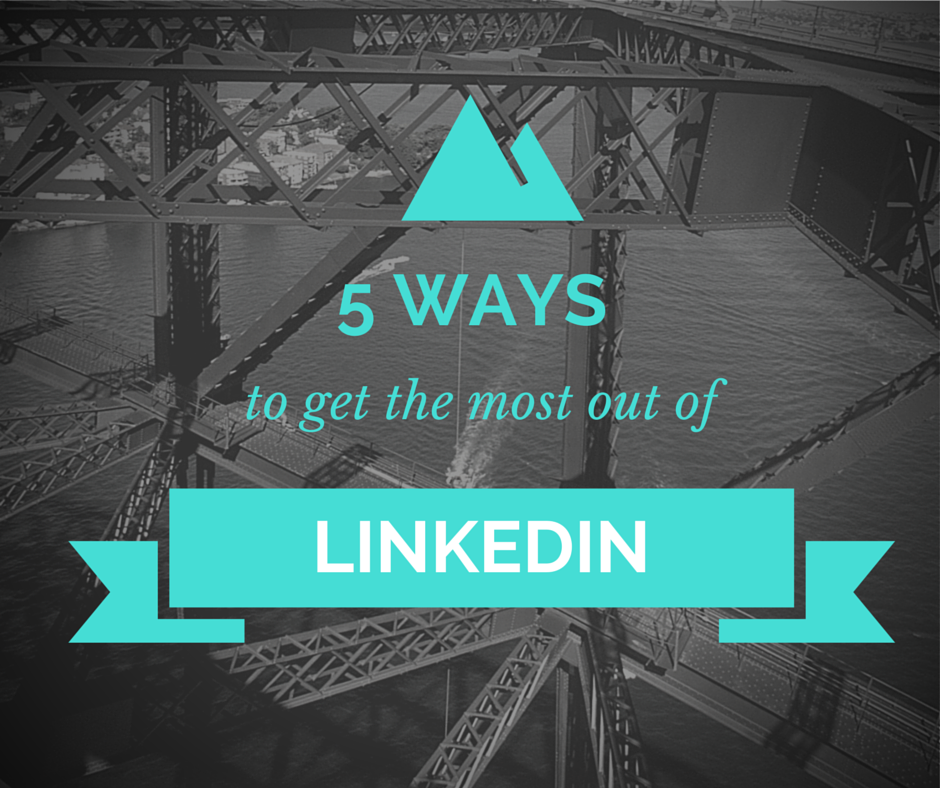How To Get Stuff Done From a Home Office
/So you have the option to work from home…but every time you go home to work you’re distracted by the mail, the dog, the messy kitchen, the laundry, the neighborhood drama, the tv, the dishes, the…you get the point.
How do you actually get stuff done from your home office? Is it possible to be at home and to not be focused on the things of home?
Yes I say!
I’ve been exclusively working out of a home office for about three years now and I believe that I get done in 1/3 to 1/2 a day what a lot of workers in offices get done in an 8-hour day. Of course the 20-second commute helps, but beyond that I've found some key aspects to make working from home work.
Here are the elements of my work from home success:
1. Invoke a morning routine. I get up. I make the bed. I have breakfast. I go run. I shower. I’m at my desk. Same time every day. I don’t get distracted by morning television. I don’t decide each morning what I will do that day. I wake up. I invoke my routine.
2. Ignore the doorbell. I can ignore texts, calls, emails, and other interruptions and a random sales person would never be able to interrupt my day at my desk on the 9th floor of a corporate office, so why should I let them interrupt my workflow in my home office? If I’m not expecting you at my front door, I will ignore you.
3. Make a schedule and a to-do list the day before. In my work with Pursuant I make plans for the week ahead on Friday afternoons. I absolutely love this strategic planning. And each afternoon I take a look at the plans for the next day. That means I don’t waste precious brain power in the morning (when I’m thinking the most creatively and clear) figuring out how to order my day.
4. Have a dedicated workspace. Whether it’s a corner of your bedroom or (better yet) an entire room that you can dedicate to your work, I encourage you to set aside a specific space that is just for work. When you enter that space your mind immediately clicks into “work mode.” And when you leave it, close the door, and enter other spaces in your home, you’ve mentally “left the office.”
5. Invest in a comfortable chair. You’re going to want to hop out of it non-stop throughout the day and head to other Rooms de Distraction if you don’t have a comfy spot to sit. So don’t go to Ikea and buy the cheapest thing. Trust me. Been there, did that. Learned my lesson.
6. Make plans to get out of the house ahead of time. You’ll be most productive if you limit your offsite lunches to once a week or so. At the same time you need to connect socially, so prioritize getting friends and colleagues on the calendar. We all gotta eat, right? Determine ahead of time when you will go out to lunch and stick to that day of the week. It's easy to say "yes" to last minute offers that suck up our time when we don't have a plan in place.
7. Surround yourself with decor and office supplies that you enjoy. I have a framed print of Galatians 6:9 right above my desk. I love it. I also have Kate Spade office supplies for days and it makes me inexplicably happy.
8. Listen to your body. You don’t always have to be rigid throughout the day with your breaks. For me, once I’m at my desk I don’t like to get up and take a break unless I’m leaving the house. So I don’t set a lunch time. I just go make lunch when I’m hungry and then I get back to my tasks. You’ll be more productive if you don’t ignore your need for mid-day sustenance.
9. Be intentional with social media. When you work from home you can keep literal tabs on social media all day. But that is a major distraction. If you need some support when it comes to ignoring Facebook I suggest the plugin Newsfeed Eradicator. I swear I got an hour back in my day when I installed it.
10. Wear comfortable clothes but maybe not pajamas. Now this is controversial advice I give but I stand by it. For the past several months I have swapped my Pajamas And/Or Yoga Pants All Day uniform for comfy cotton sundresses. I swear I can attribute my energy and alertness in part to the fact that if a friend *did* drop by I wouldn’t be completely embarrassed to answer the door. Again, it’s a signal to yourself that you’re awake, you’re alert, and you’re at work. And don’t you just feel better when you’re a little bit put together? I know I do.





